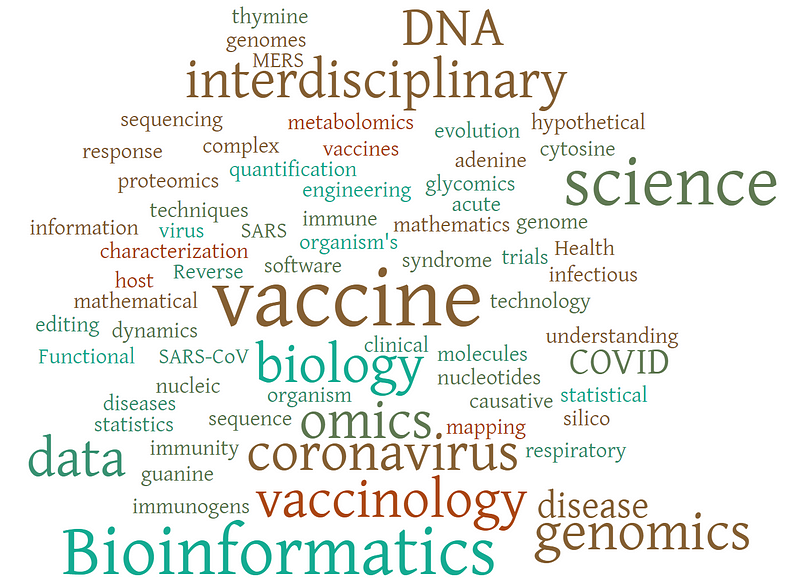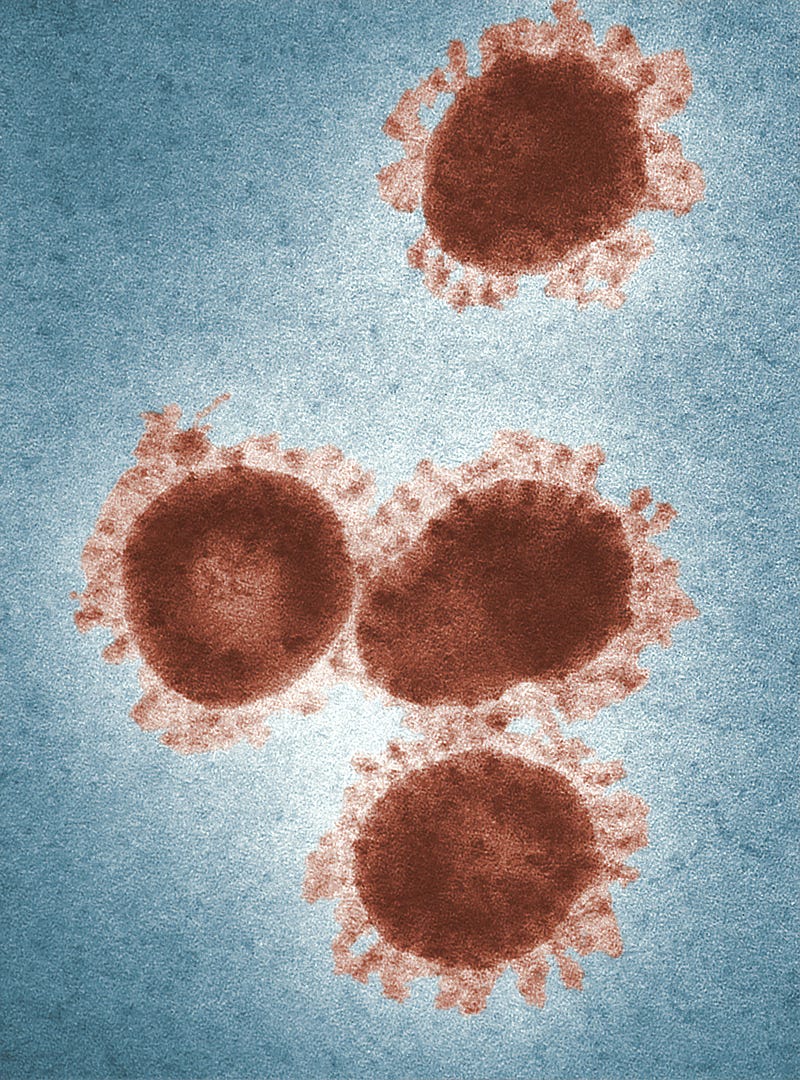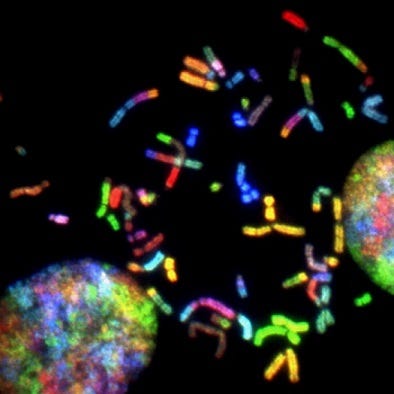Vaccinology 3.0: The Intersection of Data Science and Vaccines
Written on
Introduction
As anticipation builds globally for the COVID-19 vaccine, this article delves into the promising role of data science in the future of vaccinology. The aim is to illuminate advancements in contemporary vaccinology through the lens of data science technologies. In light of the urgency surrounding the development of vaccines for the Wuhan virus pandemic, several pertinent questions arise:
- What obstacles do we face in modern vaccine development?
- How is vaccinology 3.0 advancing with the support of modern AI and data science tools?
This review emphasizes data science while also covering fundamental aspects of vaccinology and related concepts. To effectively address the opportunities and achievements data science offers in modern vaccinology, it's crucial to first define some key terms in the field.
Key Definitions
Vaccinology is a medical discipline focused on vaccine development. The fundamental premise involves introducing a harmless agent into the body, prompting an immune response against the disease-causing pathogen, thereby preventing future infections. There are three main types of vaccines based on the agent introduced:

- Whole-pathogen vaccines (traditional) use a dead or weakened pathogen to induce lifelong immunity.
- Subunit vaccines consist solely of components (antigens) of the pathogen, often combined with adjuvants, which enhance the immune response. The safety of adjuvants is a topic of ongoing debate.
- Nucleic acid vaccines involve introducing genetic material that encodes the target antigen.
The terms vaccinology 1.0 and 2.0 can be informally linked to the development of the first two vaccine types, respectively.
Vaccinology 3.0, also known as reverse vaccinology, focuses on antigen discovery made possible by genomic information of pathogens. It mirrors the first principles of physics by starting with epidemiological insights about potential vaccine candidates and modeling host-pathogen interactions, thereby narrowing down the extensive list of candidates.
This shift is largely facilitated by the surge in omics data, encompassing various fields such as transcriptomics, proteomics, and more. Leveraging this Big Data, reverse vaccinology adopts a top-down approach, in contrast to the earlier bottom-up and hypothesis-driven methods. A recent addition to the omics landscape is vaccinomics, the study of vaccine-induced immune responses.
With these essential definitions in mind, we can explore the methodologies from data science that underpin vaccinology 3.0. To do this, we first need to identify the primary challenges in vaccine development that reverse vaccinology seeks to address, along with how data science and big data technologies are applied to each.
Key Challenges in Vaccine Development
Numerous challenges confront vaccine development and distribution, including rising anti-vaccine sentiments and an increasingly aging global population. A recent article from Mayo Clinic scientists outlines the top four pressing challenges.
Incomplete Understanding of Immunology
The human immune system is incredibly intricate, and our comprehension of it remains incomplete despite significant advancements. Predicting the immune system's reactions to specific vaccinations and infections is still a challenge.
Data-driven approaches like vaccinomics and systems biology offer solutions to bridge these knowledge gaps. Donald Knuth, a renowned computer scientist, expressed optimism about computational biology's potential, stating:
“I can’t be as confident about computer science as I can about biology. Biology easily has 500 years of exciting problems to work on, it’s at that level.” — Donald Knuth
Recent technological advancements have enabled large-scale measurement of immune cell states and functions, generating vast data sets that can contribute to more comprehensive immune system models, a field known as systems immunology.
Variability in Human Populations
Human immune responses are influenced by genetic factors, complicating the development of universally effective vaccines. Genome-Wide Association Studies (GWAS) are employed to identify genetic variants associated with specific traits.
To elaborate, each cell in our body contains a nucleus filled with DNA organized into chromosomes. The DNA sequencing process identifies the order of the four bases (T, A, C, G) that make up DNA. GWAS seeks to correlate genetic variations with diseases by scanning the genomes of diverse individuals, searching for genetic markers predictive of disease.
For instance, a GWAS on Covid-19 revealed significant behavioral variations, indicating that individuals with blood type O had a protective effect compared to those with blood type A.
From a data science perspective, advancements in sequencing technologies and machine learning have greatly enhanced GWAS capabilities, addressing challenges such as the “curse of dimensionality,” where the number of features exceeds the number of samples.
Pathogen Variability
Research from King’s College London identified six strains of the Covid-19 virus in a limited patient sample, utilizing time-series symptom data to cluster the data and identify distinct patterns.
Pathogen variability presents two key challenges: the difficulty of creating a universal vaccine across numerous strains and the need for continuous vaccine reformulation due to ongoing mutations.
The combination of genome sequencing and vaccinomics serves as a critical strategy to address this issue, particularly highlighted in influenza vaccine development.

Data Science in Influenza Vaccine Development
Influenza possesses two distinct surface proteins, H and N, which facilitate its entry into host cells. Variations of these proteins necessitate annual reformulation of vaccines. By analyzing genomic data from past and current virus variants, researchers can model and predict future viral behavior using machine learning techniques.
Vaccine Safety
Given the uncertainties surrounding the immune system and vaccine interactions, ensuring vaccine safety is paramount. The rapid spread of information and misinformation in today’s social media landscape amplifies the importance of addressing vaccine safety issues.
An example of a safety concern is the dengue vaccine, which, when administered to healthy individuals without prior dengue exposure, may increase the risk of severe dengue due to antibody-dependent enhancement (ADE).
Adversomics is an emerging field aiming to identify and predict adverse immune responses to vaccines. This research is pivotal for developing personalized vaccines, utilizing advanced biostatistical methods to discern patterns within complex, high-dimensional data.
Recent Data Science Technologies in Vaccinology 3.0
Now, let’s explore two notable applications of machine learning and artificial intelligence in the field of vaccinology from leading tech companies.
Alphafold (Google DeepMind)
A significant challenge in biology is protein folding, which involves determining how a protein's amino acid sequence dictates its three-dimensional structure. This understanding is crucial for developing effective vaccines and drugs.
Alphafold, developed by DeepMind, is a deep learning tool that predicts protein structures by analyzing protein sequence data. Using convolutional neural networks, it estimates distances and angles between amino acids, ultimately predicting how proteins will fold.

DeepMind has demonstrated that Alphafold surpasses existing methods in accuracy, which could significantly impact the development of vaccines and treatments for various diseases.
LinearDesign (Baidu Research)
Baidu's LinearDesign tool focuses on optimizing mRNA sequences for vaccine development. The challenge lies in the vast number of possible mRNA combinations that can encode the same protein sequence.
By applying principles from formal language theory and computational linguistics, LinearDesign employs approximation algorithms to identify optimal mRNA designs efficiently.

This innovative approach is crucial in the context of mRNA vaccine development, potentially heralding a new era in vaccine technology and management.
The ongoing pandemic is catalyzing advancements in vaccine development technologies, with data science serving as a key enabler.
Find me on LinkedIn @ https://www.linkedin.com/in/deepak-karunakaran